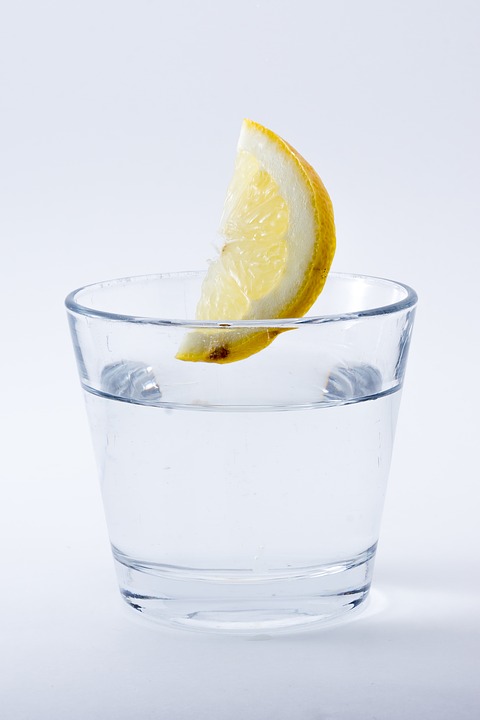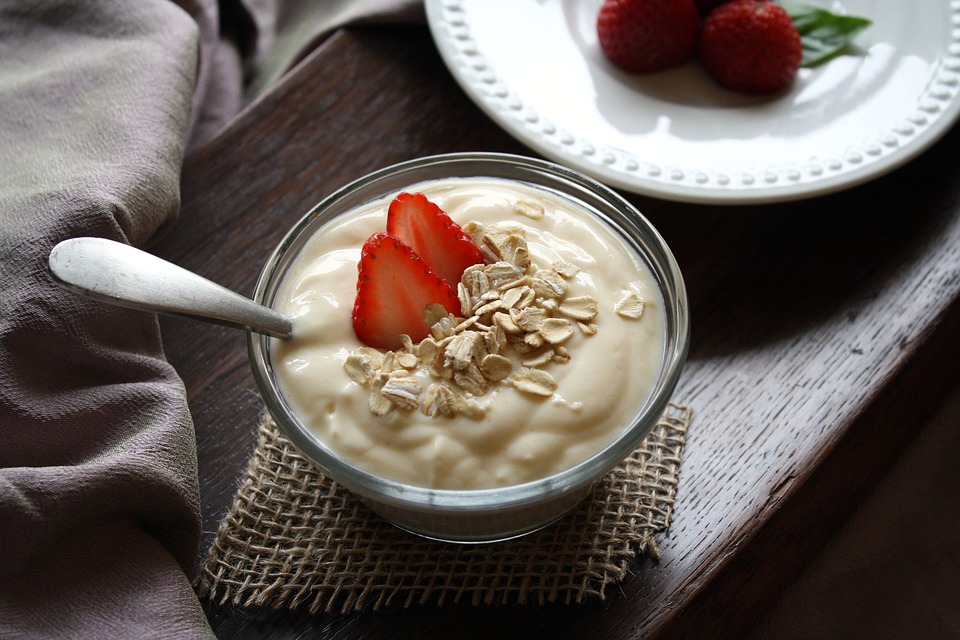A number of things can cause white spots inside vagina areas. Along with white spots, you may notice pimples, lumps, or even open ulcers. Some conditions do not have any other symptoms and you may not feel any pain or itching. You will want to know if it's something you need to tell your doctor. This article will give you an overview of what conditions can cause these and things you can do to prevent them.
Is It STD?
If you are sexually active, the appearance of a white spot inside vagina could signal a sexually transmitted disease or STD. You may not have any other symptoms, so it is important to know what causes them.
If you are not sexually active, there are other conditions that can cause these spots. Some are nothing to worry about, but there are some that you should have evaluated. Often, hormonal changes or disruptions to your pH balance can throw things off.
Causes of White Spots Inside Vagina
Here is a short list of things that can cause white spots inside your vagina:
1. Bartholin's Gland Cyst
You have glands just inside the opening of your vagina that secrete fluid to help keep your vagina lubricated. These affect around 2 percent of women of childbearing age and are not sexually transmitted. Sometimes, these glands can become blocked and they form a cyst. This may appear as a white spot in the early stages, much like a pimple that needs to pop.
Symptoms:
- When you develop a Bartholin's Gland Cyst, you may get a small white spot inside your vagina near the opening. There may be a small lump just under the skin and they usually only affect one side. You may feel some pain with pressure.
- If you develop an abscess in the gland, you may experience increased pain, swelling, redness, and even fever. If this happens, you will want to get medical attention and treatment.
Most of the time, they go away on their own without treatment. If the blockage continues and doesn't drain, it can turn into an abscess that needs medical treatment.
2. Human Papilloma Virus (HPV)
Human Papilloma Virus or HPV is a very common STD that you may not know you have. This virus has been found in almost every sexually active person. It may clear up and go away on its own, or it can sit inside the vagina and cervix for years without symptoms. It can lead to certain forms of reproductive cancer if left untreated. You may have also heard it called, genital warts. One of the first signs is white spots inside vagina, near or on the cervix.
Symptoms: HPV has not symptoms that you can feel and know you have it. Your doctor can see the spots that form into warts appear like tiny cauliflower on your cervix or vagina. Men who acquire HPV usually don't have any symptoms and can still spread the virus to a partner.
3. Candidiasis (Yeast Infection)
A yeast infection inside your vagina is called candidiasis. This fungus can cause white patches on the walls of your vagina. It is caused by a disruption in the pH of your vagina.
Symptoms: White patches inside the vagina with a cottage cheese like discharge. If the infection goes untreated it can cause; pain, itching, redness, and burning.
Candidiasis is a normal part of skin flora, but certain things can cause overgrowth like poor diet, using antibiotics, and douches. Almost every woman sexually active or not will experience a vaginal yeast infection during their lifetime. Candidiasis can be treated easily, but may return from time to time.
4. Syphillis
This is one of the oldest of the sexually transmitted diseases. It is a bacterial infection that has been around for hundreds of years and can cause a painless chancre inside or outside the vagina. Before the chancre erupts, there may be a small white spot inside the vagina. When these erupt into a chancre and open up, the disease becomes contagious to partners. Women can also give the disease to their baby during labor and childbirth.
Symptoms:
- The chancre is the first symptom of syphillis, but may go unnoticed if it is inside the vagina. There is an incubation period of about 10 to 90 days before you even get the chancre, but you are still possibly contagious during this period.
- If you don't notice the chancre or get things taken care of when you see it, it will go away in a few weeks by itself. The only problem is the infection will still be in your body. The symptoms will progress to red rash all over your body, sores inside your mouth, sores on your skin, fever, swollen glands, and general feeling of being ill.
- If left untreated, over time the illness can progress and have severe complications or death.
5. Sebaceous Cysts
If the white spots inside vagina area look like pimples, they could be small sebaceous cysts. They look like "whiteheads" and are filled with keratin, which is a skin protein. There is no cause for concern unless they appear infected.
Symptoms: You may see small white spots or bumps that do not hurt and tend to move. It is important to not "pop" them like a pimple or you increase the risk of infections. If an infection does occur, you may notice white or yellowish liquid draining from them.
How to Prevent White Spots Inside Vagina
1. No Soap or Perfumes

This may sound unusual, but don't use soap in your vaginal area. Just wash with water everyday. Soap can change the delicate pH in your vaginal area. This can actually lead to bacterial and yeast infections. Soap can clog pores and cause you to have spots that look like pimples.
2. Wear Only Cotton

Cotton is a lightweight and breathable fabric. This will help prevent sweating near the vagina that can clog pores. It also keeps things from becoming favorable to bacteria. Make sure underwear isn't too tight and avoid thong type panties.
3. Increase Fluid Intake

Make sure you get plenty of fluids, especially in the warmer months. This will help your body keep the pH balance healthy in your vagina. Try to stay away from too much alcohol and coffee that can dehydrate you. The tissue in your vagina can get dry easy and this can cause pimples in the area.
4. Eat Yogurt Every Day

If you are fighting chronic yeast that causes white spots in your vagina, yogurt has all the beneficial bacteria to help your body fight off the yeast on its own. Eating yogurt every day can help keep yeast levels low and even prevent the infections from returning.
5. More Safety Tips
- Use a condom during sexual intercourse
- Keep your genital area clean and dry
- Do not use perfumed feminine products
- Eat a healthy and balanced diet
- Get plenty of exercise
